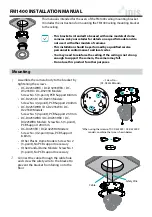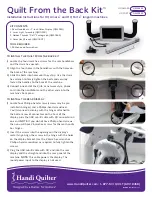
Accidental deep discharge
This may involve discharge of the battery into indicator lamps, a lower load on the battery than
that Initially planned, a failure of the charging system, a discharged battery not recharged
immediately, etc…
On a fully discharge battery:
All of the sulphuric acid has been consumed, and the electrolyte is now nearly water.
Sulphation of the electrolyte is now nearly water. Sulphation of the plates is at a maximum,
thus increasing greatly the internal resistance of the battery. The aqueous solution in which the
battery now finds itself can give rise to the development of lead dendrites on the separator
during recharging, and this may cause the cell to short-circuit internally.
Important note:
This type of deep discharge will still result in the premature deterioration of the battery, and a
significant Effect on its life expectancy.
Effect of temperature on capacity
Temperature affects capacity of batteries. The following formula gives the correction factors
according to temperature, where the reference temperature is 25
℃
In formula:
T---Discharge temperature
C
T
---Capacity at temperature of T
k---Temperature coefficient;
k=0.006/
℃
at C
10
discharge;
k=0.008/
℃
at C
3
discharge;
k=0.01/
℃
at C
1
discharge.
O
pe
ra
tio
n
an
d
m
ai
nt
en
an
ce
18
Summary of Contents for sp series
Page 1: ......







































